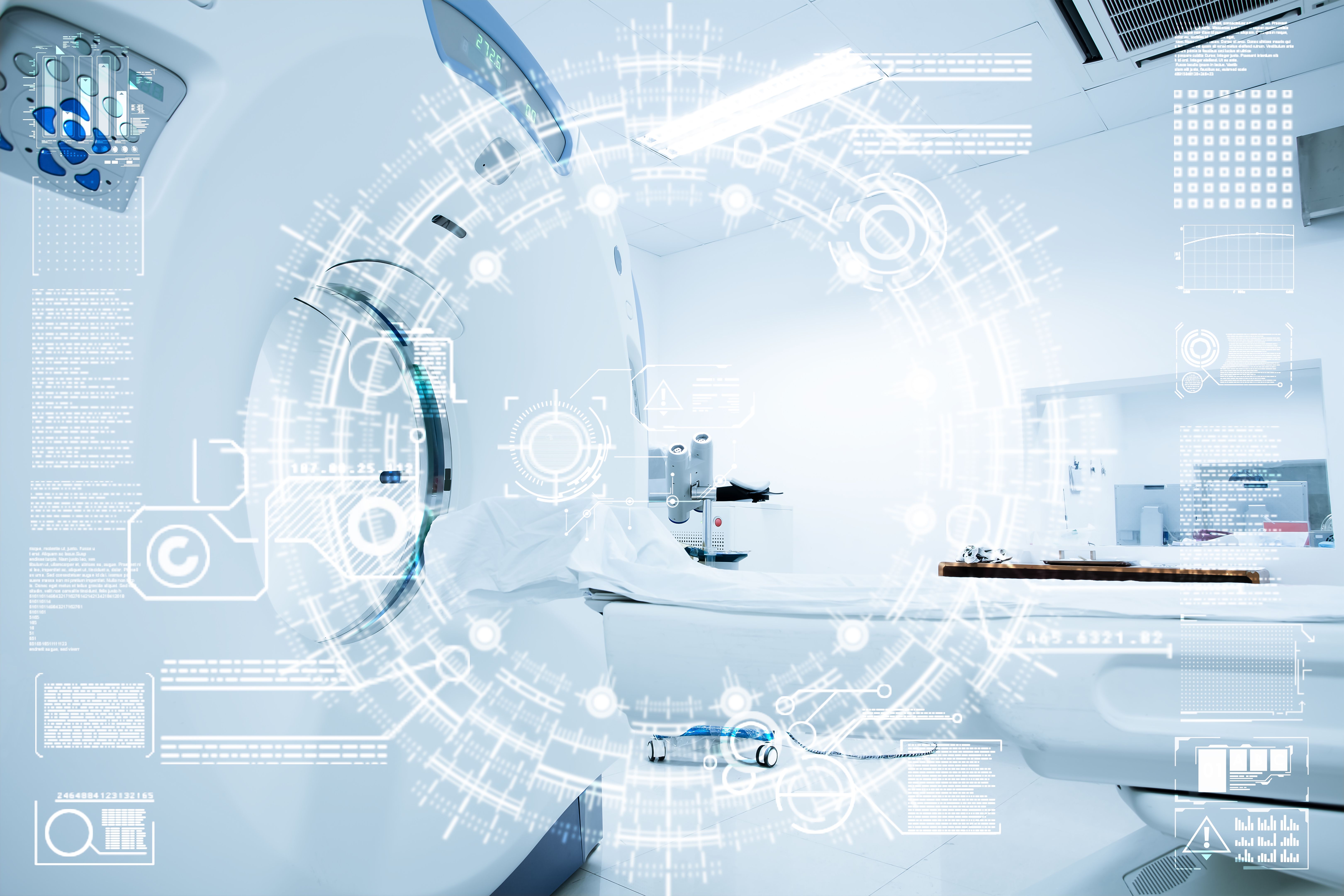Transforming Healthcare: Innovative IT Solutions for Modern Clinics
The Role of IT in Modern Healthcare
In recent years, the healthcare industry has experienced significant transformations due to advancements in information technology. Modern clinics are leveraging these innovations to improve patient outcomes, streamline operations, and enhance overall care quality. The integration of IT solutions in healthcare is no longer a luxury but a necessity for clinics aiming to remain competitive and efficient.
IT solutions are transforming healthcare by enabling better patient management, improving diagnostics, and facilitating more effective communication between healthcare providers and patients. From electronic health records (EHRs) to telemedicine platforms, the adoption of technology is driving a new era of healthcare delivery.

Electronic Health Records: A Game Changer
One of the most impactful IT solutions in healthcare is the implementation of Electronic Health Records (EHRs). EHRs provide a digital version of patients' paper charts, offering real-time access to patient data at the point of care. This digital transformation not only enhances the accuracy of patient records but also improves the efficiency of healthcare delivery.
With EHRs, healthcare providers can easily share information across different departments and even with other clinics, ensuring that each practitioner has a comprehensive view of a patient's medical history. This leads to better-informed decision-making and reduces the likelihood of medical errors.
Benefits of EHRs
- Improved Patient Care: Quick access to patient records helps in providing timely and accurate treatment.
- Enhanced Coordination: Facilitates better collaboration among healthcare teams.
- Increased Efficiency: Reduces paperwork and administrative tasks, allowing more focus on patient care.

The Rise of Telemedicine
Telemedicine has become an integral part of modern clinics, especially in the wake of global health crises. By utilizing video conferencing and remote monitoring tools, healthcare providers can offer consultations and follow-ups without requiring patients to visit the clinic physically. This not only saves time but also expands access to healthcare for patients in remote areas.
Moreover, telemedicine platforms can integrate with EHR systems, allowing doctors to access patient records during virtual consultations. This seamless integration ensures that patients receive consistent care regardless of their location.
Advantages of Telemedicine
- Accessibility: Provides care to patients in rural or underserved areas.
- Convenience: Reduces travel time and waiting periods for patients.
- Cost-Effective: Lowers overhead costs for clinics and reduces expenses for patients.

Advanced Diagnostic Tools
The incorporation of advanced diagnostic tools powered by IT solutions has revolutionized how clinics diagnose and treat illnesses. Technologies such as artificial intelligence (AI) and machine learning are being used to analyze medical images, predict patient outcomes, and personalize treatment plans. These tools enhance diagnostic accuracy and enable early detection of diseases, ultimately leading to better patient outcomes.
AI-powered diagnostic tools can process vast amounts of data rapidly, providing insights that would be challenging for human practitioners alone. This capability allows healthcare providers to make more informed decisions and tailor treatments to individual patients' needs.
Conclusion: Embracing the Future
The integration of innovative IT solutions in modern clinics is transforming the landscape of healthcare. From enhancing patient care through EHRs and telemedicine to employing advanced diagnostic tools, technology is paving the way for a more efficient, accessible, and patient-centered healthcare system.
As clinics continue to embrace these advancements, they position themselves at the forefront of a rapidly evolving industry. The future of healthcare lies in the ability to adapt and innovate, ensuring that every patient receives the highest standard of care possible.